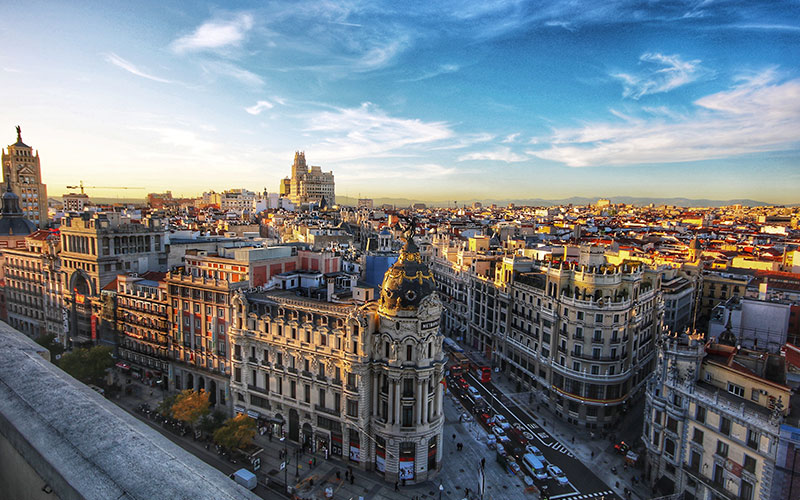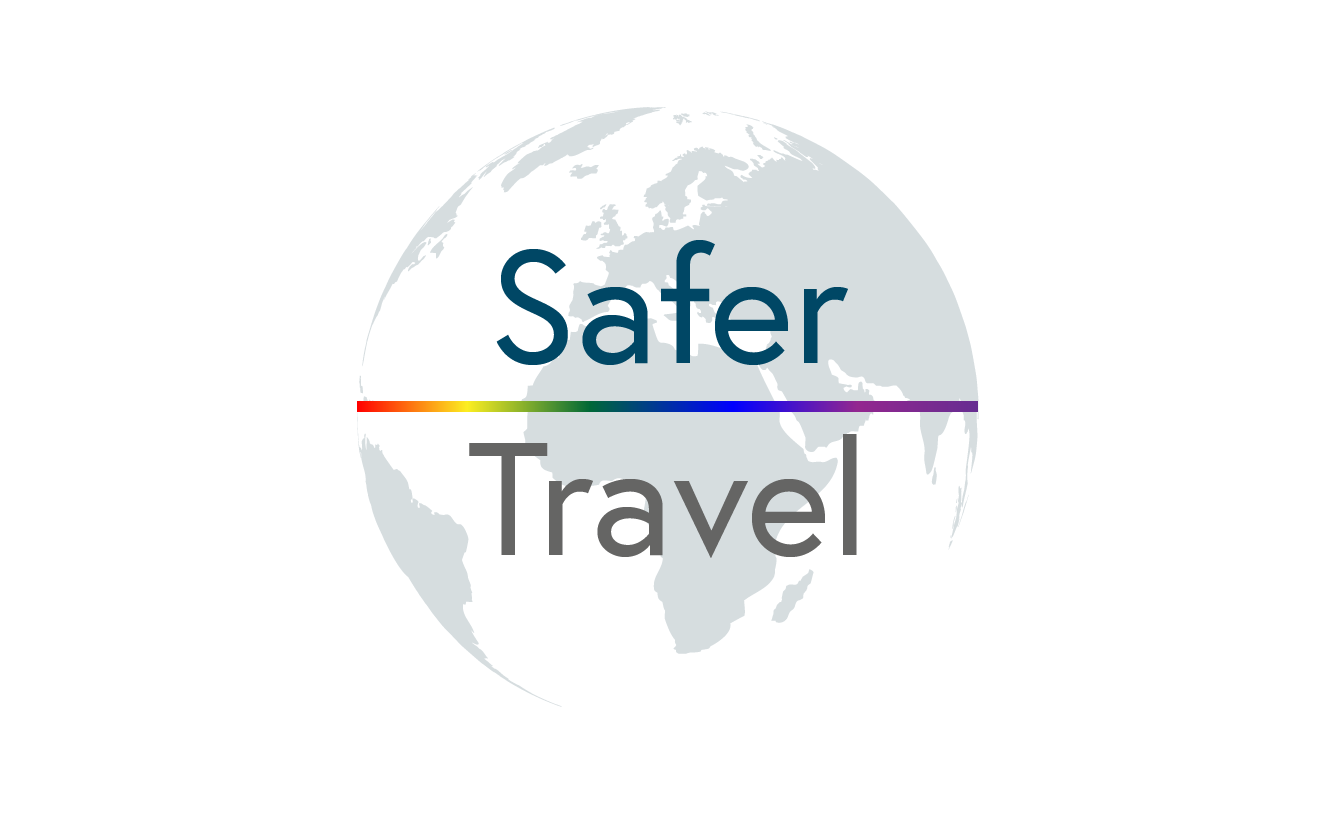Madrid
Madrid is Spain’s central capital city. Elegant boulevards and expansive manicured parks such as the Buen Retiro are just a sample of what the city has to offer. It’s renowned for its rich repositories of European art, including the Prado Museum’s works by Goya, Velázquez and other Spanish masters.

Details
Before visiting any town or city make sure you know the basics. General details and important information.
- Emergency Services: 112
- Language: Castillian Spanish
- Currency: Euro
- Country Code: es
- Travel Visa: None required
- Population: 6,550,000
Risk Level
Researching various official sources, we perceive the risk to holiday makers and travellers are as follows;
Travellers Tips
Top travel advice and interesting tip bits of information from experienced travellers.
Emergencies
For the Emergency services just dial 112 from any phone. The responder will speak multiple languages.
Hospitals
Hospital de Madrid +34 902 08 98 00
Hospital La Paz +34 917 27 70 00
Hospital Universitario De La Princesa +34 915 20 22 00
Travelling Around
The best way to get around Madrid is by metro. A handful of metro lines extend as far north as the Madrid-Barajas Airport. Busses are also a great option for travel around the city.
Train Stations
The main train station in Madrid is called Atochaand the nearest metro station is Atocha Renfe.
There is a second train station, Chamartin, in the north of the city.
Madrid Safety
What are the local customs and traditions?
Language and Dialect
“Con permiso?” should be used to say “excuse me” when you need to pass someone. “mucho gusto” – nice to meet you. If you do not understand something – always use “Mande?”, instead of “Que?”
Greetings
Female friends kiss one another and men on both cheeks (starting with the left), whereas men shake hands and close friends embrace.
Smoking
It is illegal to smoke in public places and to possess or take drugs. Anyone under 18 will be viewed as a minor and if apprehended may be held in custody until a guardian comes forward. Although teenagers are well accommodated in Spain with many parks, discos (without alcohol), free sports and crafts activities. They enjoy socialising and enjoying the outdoor lifestyle.
La Siesta
The afternoon nap is one of the most extended customs of Spain and it is well known by visitors. It was originally thought by doctors to rest after each 6 hour period, this was better for the body to function correctly, it is also to rest for the hottest period each day.
How do I keep up with the news?
How can I stay safe in Madrid?
Avoid walking alone
Avoid walking alone after dark for a long period of time – stay in well lit areas with other people.
Split your cash
Don’t carry all of your money in one place – use a bum-bag and leave some in a locker at your accommodation.
Plan your route
Planning your route and being confident in where you’re heading will minimise the risk of ending up in a dangerous neighbourhood and keep you out of trouble. If driving, research the area where you decide to park your car and make sure you hide all of your valuables and tourist guides in either the glove box or the boot of the car to avoid a break-in
Which areas should I avoid?
It’s best to avoid the area south of Lavapiés, around the Atocha train station, as well as any deserted parks. Pickpockets commonly operate at the El Rastro flea market in La Latina and Lavapiés on Sundays.
Improve Your Personal Safety
Knowledge – the more you have the better equipped you are.
Awareness – the more you see the safer you become.
Response – the right reaction can change a situation.
Annual Events
Annual events allow a city come together for some amazing experiences. If visiting at this time, make sure you have your accommodation booked and are always aware of your surroundings when travelling around.
Events
San Isidro Festival
One of the most famous national holidays occurs on May 15th—locals celebrate the day of the patron saint of the capital—Saint Isidro.
Madrid Pride
Madrid Pride is one of the largest and most popular Pride parades in Europe. The event is held on the first weekend of July.
Madrid Carnival
The Madrid Carnival takes place on the streets and squares of Madrid for several days. The carnival consists of people in fancy dress clothing, celebrity performances, dance competitions and much more.
Madrid Jazz Festival
Conde Duque Cultural Centre and the Fernán Gómez Theatre are the main venues in the capital of Spain where this festival takes place. The event has an extensive schedule of varied performances for everyone to enjoy.
Madrid Highlights
What are the best parks?
Before the 20th century, the land that the park currently occupies was the main landfill of the city.
Parque del Oeste
Before the 20th century, the land that the park currently occupies was the main landfill of the city.
The park was landscaped in eighteenth-century style with formal and naturalistic features.
Where can I find great art?
Where can I find great restaurants?
Here’s a list of some of the best rated restaurants in Madrid. Click on the text to visit their website.
What are the highlight attractions?
The Prado Museum, officially known as Museo Nacional del Prado, is the main Spanish national art museum, located in central Madrid.
The Buen Retiro Park, Retiro Park or simply known as El Retiro is one of the largest parks of the city of Madrid, Spain.
The Palacio de Cristal is a conservatory located in the midst of Madrid’s Buen Retiro Park. Entry is free.
The Royal Palace of Madrid is the official residence of the Spanish royal family at the city of Madrid, although now only used for state ceremonies. The palace has 135,000 square metres of floor space and contains 3,418 rooms, making it the largest functioning royal palace and the largest by floor area in Europe.

